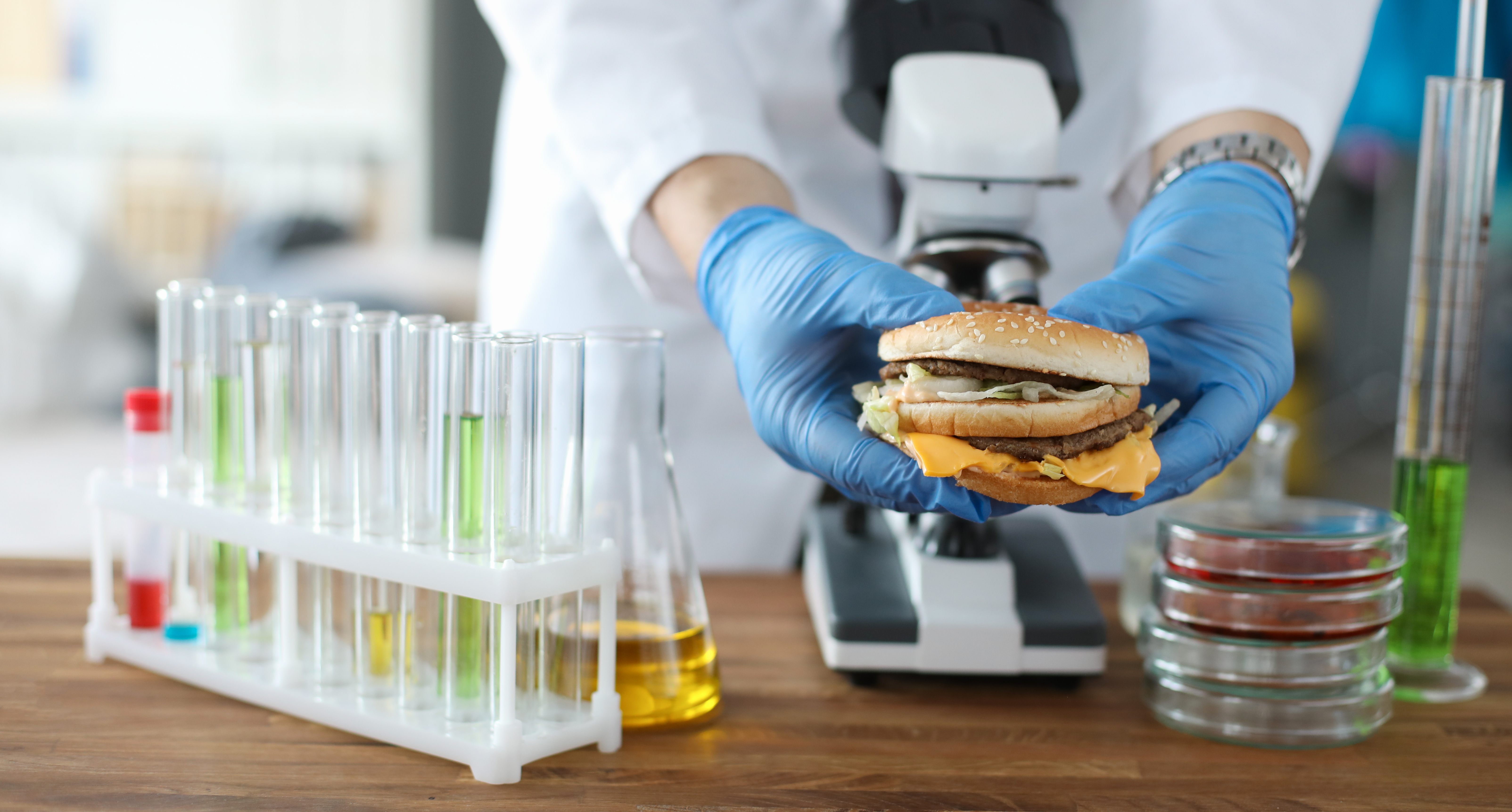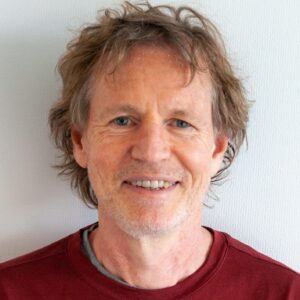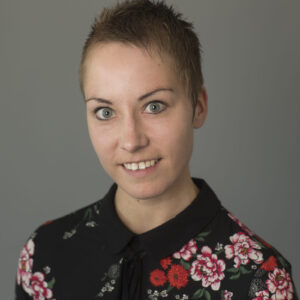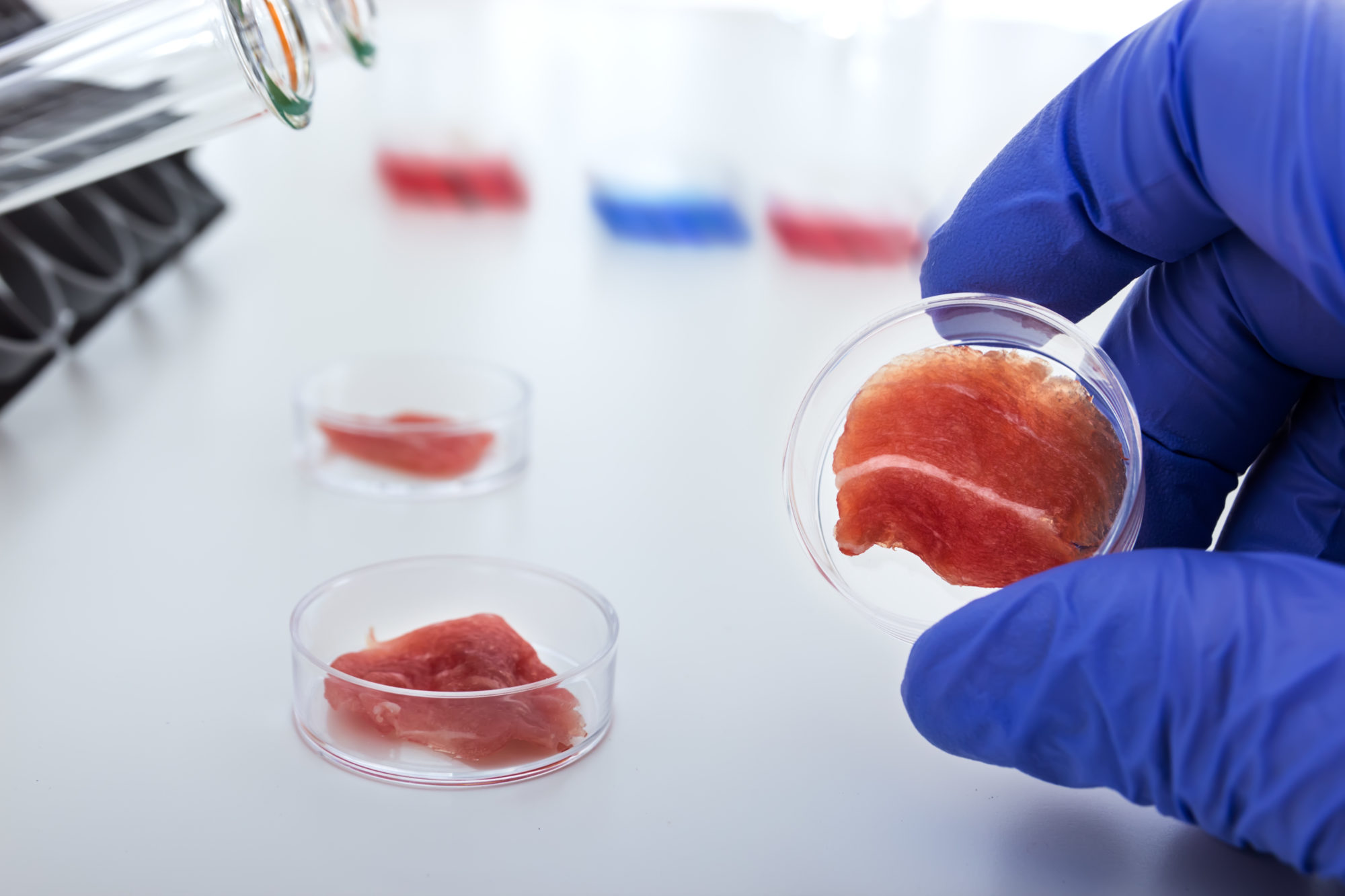PROTEIN 2.0: The biosynthetic protein transition: assessing impacts, outcomes and opportunities for Norways post-animal bioeconomy
Within the last 5 years the synthetic production of meat and other animal products has gone from science fiction to reality

Everything from burger meat to egg whites can now be produced without the involvement of a living animal, with many products likely to become commercially available in the next decade. This technology has the potential to enhance food security, reduce the need for industrial agriculture, lower climate gas emissions, promote environmental sustainability, and create new knowledge-based industries for food production in Norway.
However, it is also likely to prove extremely disruptive to existing bio-based industries. For example, start-ups are already working on on the production of synthetic salmon and other fish, while the synthetic production of milk and meat is likely to eventually represent a direct challenge to Norway’s agriculture and aquaculture sectors. In July 2019 “Perfect Day” produced the first synthetic animal protein to be sold commerically as a food product. Its 1000 units of synthetic ice cream – made with cow milk proteins produced by a yeast – sold out within 24 hours. Although synthetic production facilities are currently too small to challenge conventional animal protein industries, research is underway to both improve manufacturing processes and increase the scale of production. Most startups working in the area predict synthetic meat, fish and milk will be with us in the next decade.
The aim of PROTEIN2.0 is to assist Norway prepare for this eventuality by assessing the likely impacts, outcomes and opportunities provided by the technology. The project focuses on evaluating the protein technologies, assessing consumer response to the concept of consuming synthetic animal protein, and understanding the likely impact of the technology on global food systems. We then use these evaluations to inform economic and social simulation models for Norway which will, with user guidance, (a) explore the effect of synthetic proteins on the wider economy and biosectors, and (b) create scenarios of change for evaluation. Scenario evaluation will lead to recommendations for response.
The main outcome of the project will be to assist Norway to prepare for the arrival of synthetic animal proteins in the coming decades.
Projects
WP2: Biosynthetic animal protein case studies
Synthetic protein based consumer products as yet unavailable in Norway – but what products are likely to become available and when? In this part of the project we will review four areas where alternatives to animal protein are being developed:
1) Vegetable based meat/milk substitutes – e.g. Beyond Meat, Impossible Burger
2) ‘Low-grade’ synthetic proteins used in the animal feed industry
3) Fermented proteins – e.g. milk, gelatine, egg white, collagen
4) Cellular proteins – e.g. beef, fish, chicken, prawns
We will use the study of the growth of vegetable-based meat/milk substitutes to investigate the process of transition to meat substitutes as there are no well-known examples of biosynthetic protein products currently on the market. In the studies on synthetic protein we will examine the start-up companies. While companies do not reveal the secrets behind their processes, many have explained in press interviews what they are doing or what they are planning to do. We will conduct a desktop analysis of newspapers, web pages, company documents, videos, and journal articles where we will:
1) assess the state of development of the start-up companies
2) examine the financing of start-ups
3) assess what resourcing and technological developments are necessary for upscaling production
4) review regulatory obstacles
5) review the potential of different products (e.g. meat, fish, minced beef, steak)
6) establish a tentative timeline for potential product development.
Leaders: Dr Rob Burton (Ruralis)
Ass. Prof. Martin Hohmann-Marriott (NTNU Biotechnology and Food Sciences).
WP3: Public
WP3 will study likely reactions of consumers to synthetic protein in their food. We first go through the literature and identify what is already known about consumer reactions to synthetic proteins and then conduct a representative survey with about 1500 Norwegians asking about how important perceived naturalness of proteins is for consumers, which role its price plays, how important the impact of other people’s opinions will be, if consuming synthetic protein might give you a higher or lower societal status and what the introduction of synthetic proteins might do to the Norwegian identity which is strongly connected to the production of meat. The survey will include choice experiments where the consumers are confronted with different scenarios and need to choose some of them over others, which will give us insights into how they value different product characteristics.
WP manager: Christian Klöckner
WP4: Synthetic Proteins as Disruptors of Global Food Systems
While the scale and style of the challenge to existing food systems from novel artificial proteins seems like a very new phenomenon, it actually has a number of precedents in prior disruptions to food systems. This work package will consider how past disruptions in food systems can inform the way that contemporary industry, sector and policy decision-makers can make sense of and strategically plan for future disruptions.
The work package unfolds in two stages:
- Historical Cases: using the template deployed by Rob Burton* to examine major disruptions in vegetable dyes and natural flavouring by artificial substitutes, two historical case studies of industry disruption in New Zealand will be explored. First, the transition from wool to synthetic fibres in the decades after WWII, and second the increasing competition for butter from margarine in the 1970s and 80s. Both of these cases can potentially reveal dynamics of appropriation and substitution in agrifood systems.
- Contemporary strategies and scenarios: using the results of the historical cases of food system disruption, a set of potential scenarios for impact of artificial proteins will be developed for the New Zealand and Norwegian beef, dairy and sheep sectors. The scenarios will form the basis of a programme of in-depth interviews with industry stakeholders, policy-makers and other groups who would be potentially influential in shaping the future response to artificial proteins in the pastoral production sector in New Zealand and Norway.
Results from these interviews will be used to inform some of the modelling choices in other work packages in the Protein 2.0 programme.
WP manager: Hugh Campell
WP5: Economic model
WP5 is concerned with the effects of the synthetic animal protein transition on Norwegian agriculture and its provision of public goods. To this end, we will develop a dynamic model based on economic theory around three key elements: costs of animal-based and synthetic protein, potential production quantities, and consumer behavior. We will distinguish different types of consumers to better reflect variation in consumers’ attitudes and behavioral responses across the Norwegian population.
WP manager: Klaus Mittenzwei
WP6: Social simulation modelling: Social change and the “post-animal bioeconomy” in Norway
How biosynthetic animal protein will change society, as its technology and production become more feasible, is not well understood. Public acceptance of synthetic animal protein has been the focus of several empirical studies in recent years, though none reflects a systemic perspective on alternative protein’s relationship with the agriculture and aquaculture industries. In addition, these studies do not include social and cultural elements in their analyses, nor distributional effects across populations and geographies. Given the increasing urgency of addressing sustainability concerns in the production of meat and fish products and the increasing likelihood that alternative protein technology will enable higher production capacity, it is imperative to synthesize and systemically analyse alternative protein as part of a larger social system. This WP will examine: (1) the barriers, thresholds and likelihood for pathways to a synthetic animal protein bioeconomy in Norway and (2) the effects for agriculture and aquaculture systems and even the larger social system in a country that has parts of its national identity strongly connected to traditional animal farming and fishery. We will do this through social simulation modelling (hybrid system dynamics/agent-based) that will use the outputs of WP 2-5, making WP6 the synergy point for Protein 2.0. The resulting model will not only bring together the knowledge generated in the project, but will also include social and cultural capital as well in order to simulate pathways for the development of a “post-animal bioeconomy” in Norway and explore the effects it will have on agriculture and aquaculture.
WP manager: Erika Palmer
WP7: Stakeholder integration: engaging stakeholders in modelling and scenario evaluation for the production of strategies and policies
WP7 assesses stakeholder responses to scenarios developed in WP6 and advise on possible strategies and policies for addressing the identified threats and opportunities posed by the arrival of synthetic animal proteins. The WP applies a group model building approach (GMB), a participatory approach that is used to facilitate the participants’ ability to think in systems. The workshops will be conducted with stakeholders from different bio-based sectors (e.g., agriculture, forestry, and aquaculture).
The workshops will take place in an iterative process, capturing three rounds with workshops. The first round will be an initial stakeholder workshop, where we identify stakeholders’ views on biosynthetic proteins, as first specifications for the social simulation modelling. In the second round, we will then continue with follow up workshops to evaluate the first models and develop first response strategies and polices. The results from the second workshop will feed back into the modelling and will be followed by a third round with the stakeholders to validate these findings. Based on these, the project will design a final report with policy recommendations and publish one peer reviewed article. In addition, the findings will be disseminated in form of a newspaper article and one international conference presentation.
WP manager: Pia Otte
Project details
Project number
6391
Project period
01/10/2019 - 01/10/2019
Collaboration partners
NIBIO; Nofima; NTNU; James Hutton Institute, UK; University of Otago, NZ
Financing
Norges forskningsråd, BIONÆR
News
Artificial meat as a mirror of society
Such products, it is said, will be able to provide future consumers with affordable and satisfactory alternatives to…
Publications
- Article
2025
- Article
2025
- Note
2023
- Article
2021
- Article
2020
Contact us
Would you like to get in touch with us?
Fill in the form below and we will answer you as soon as possible.




